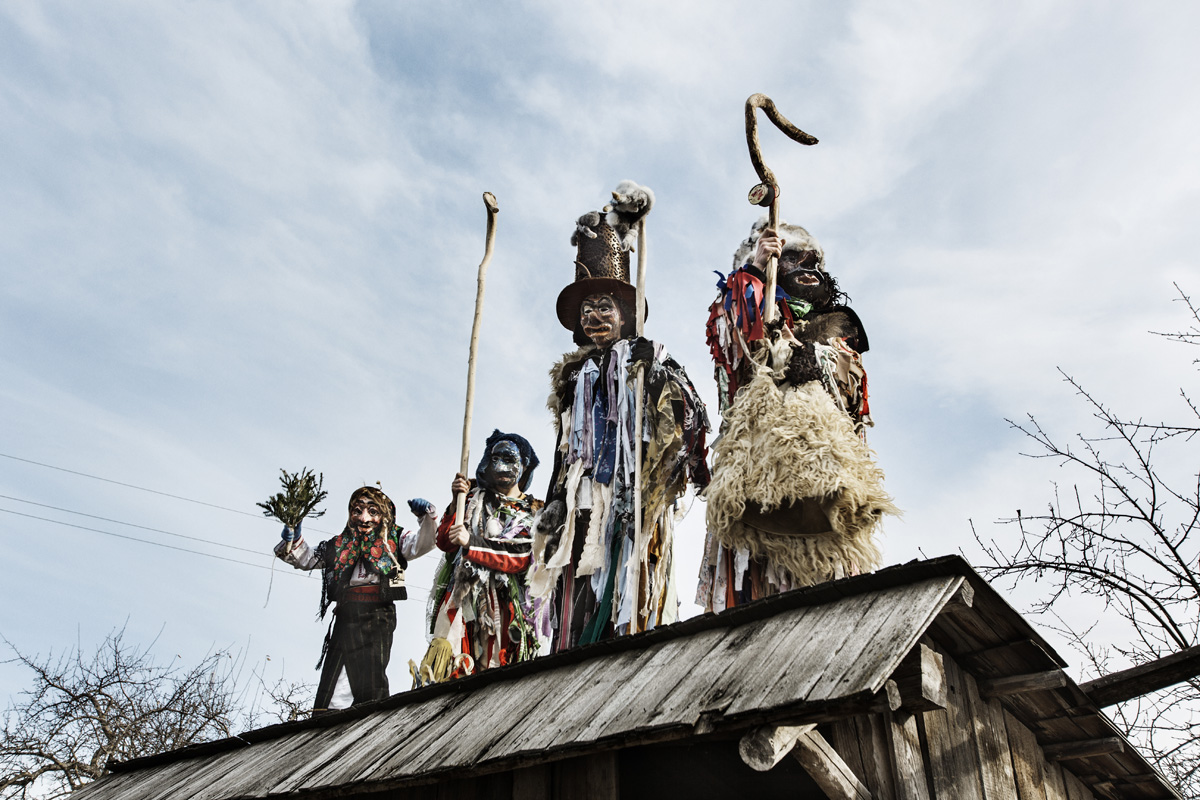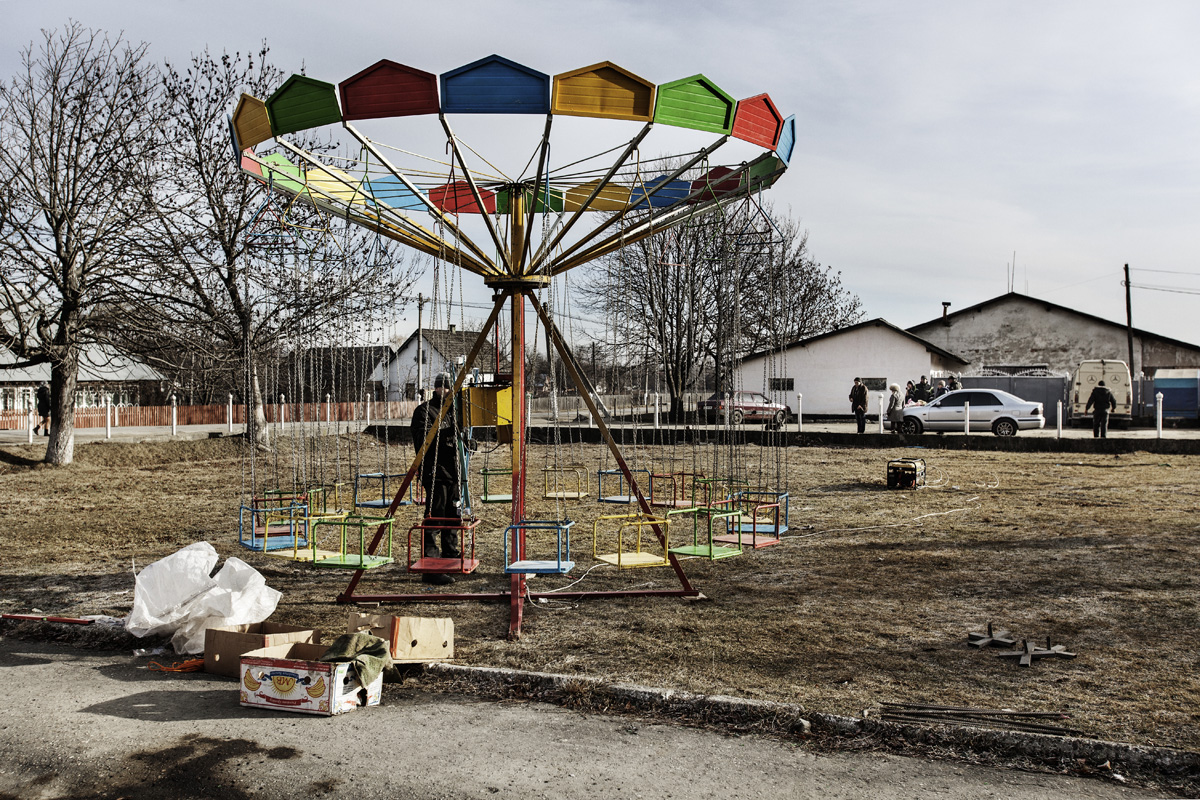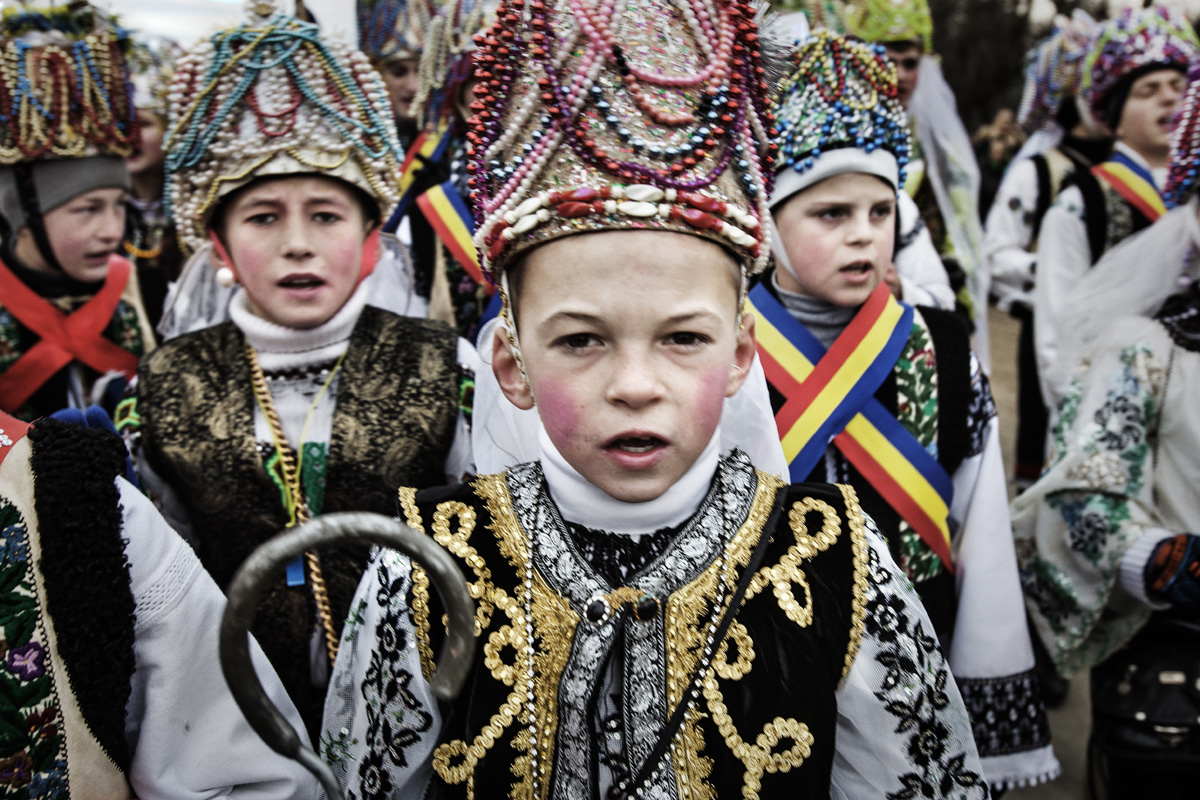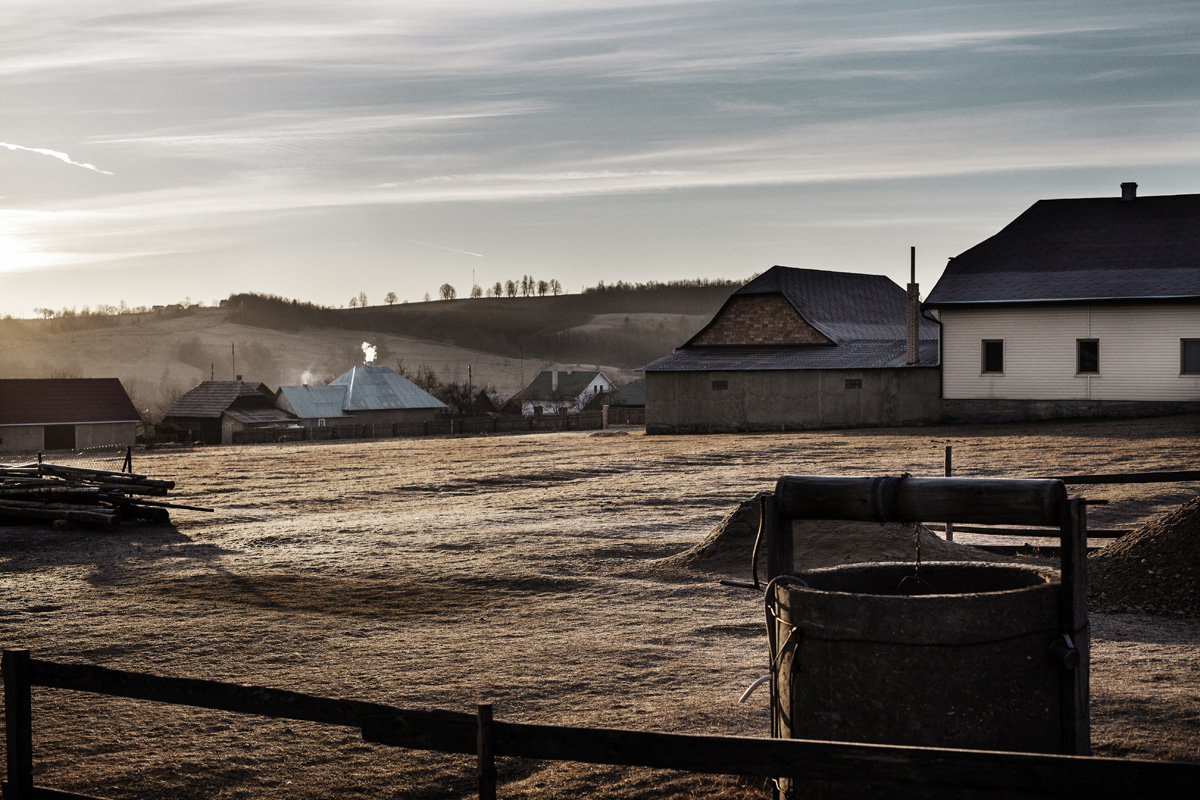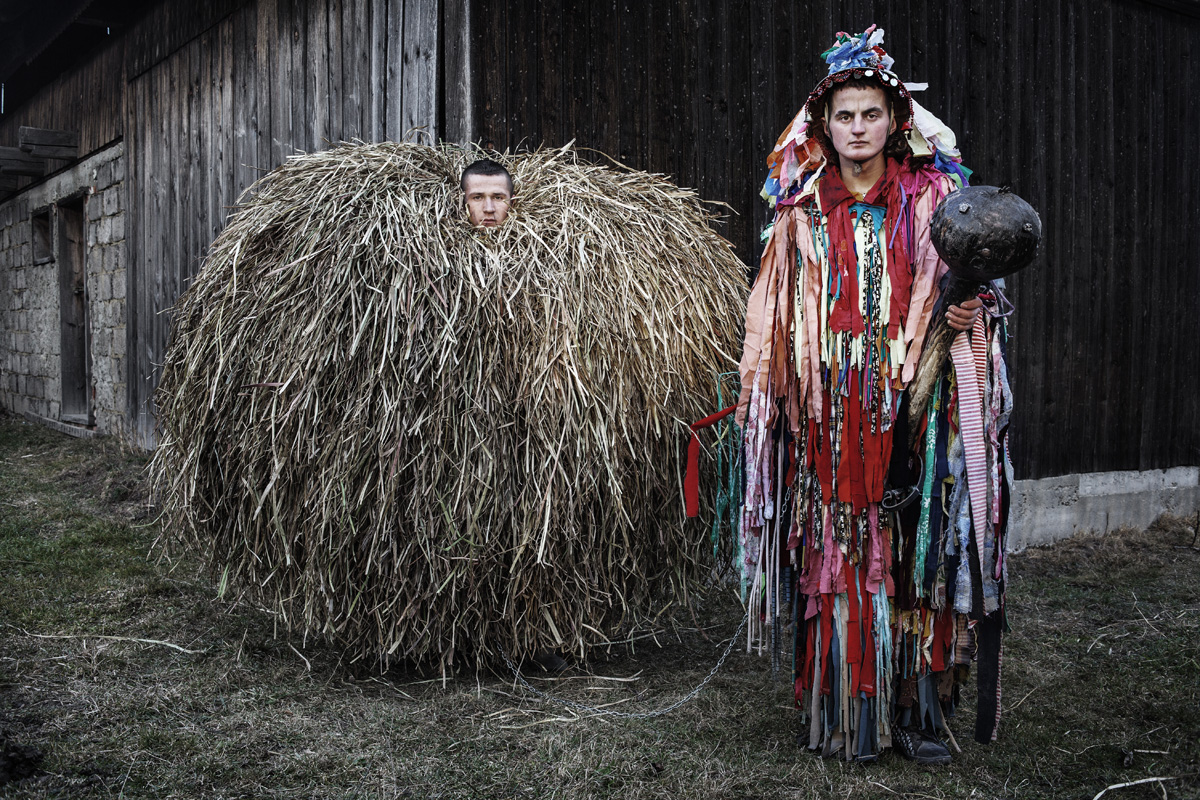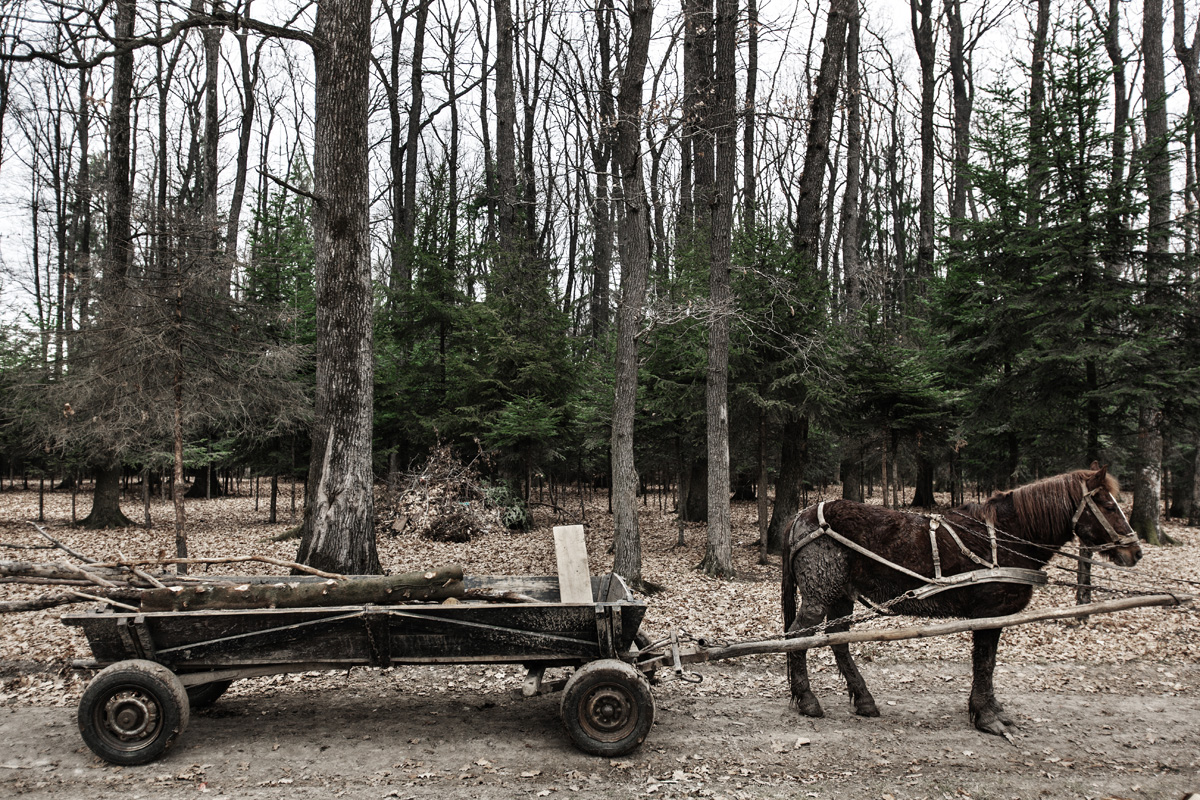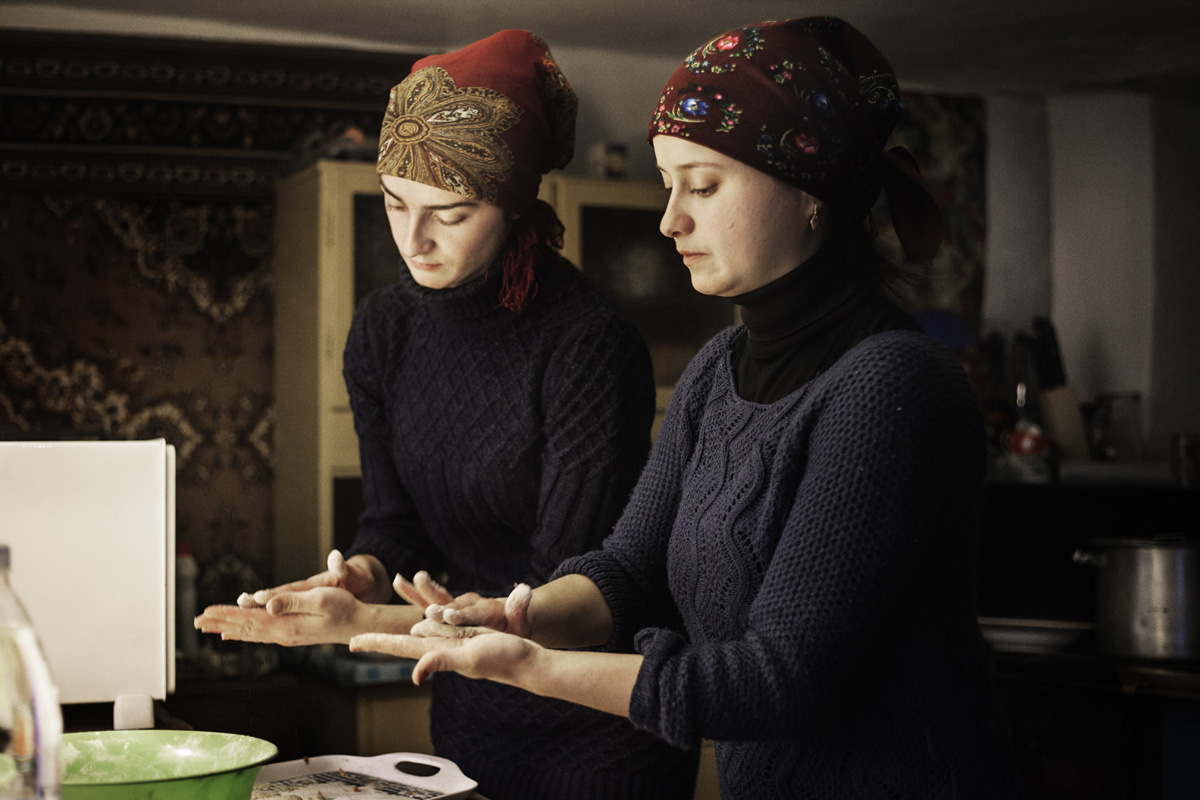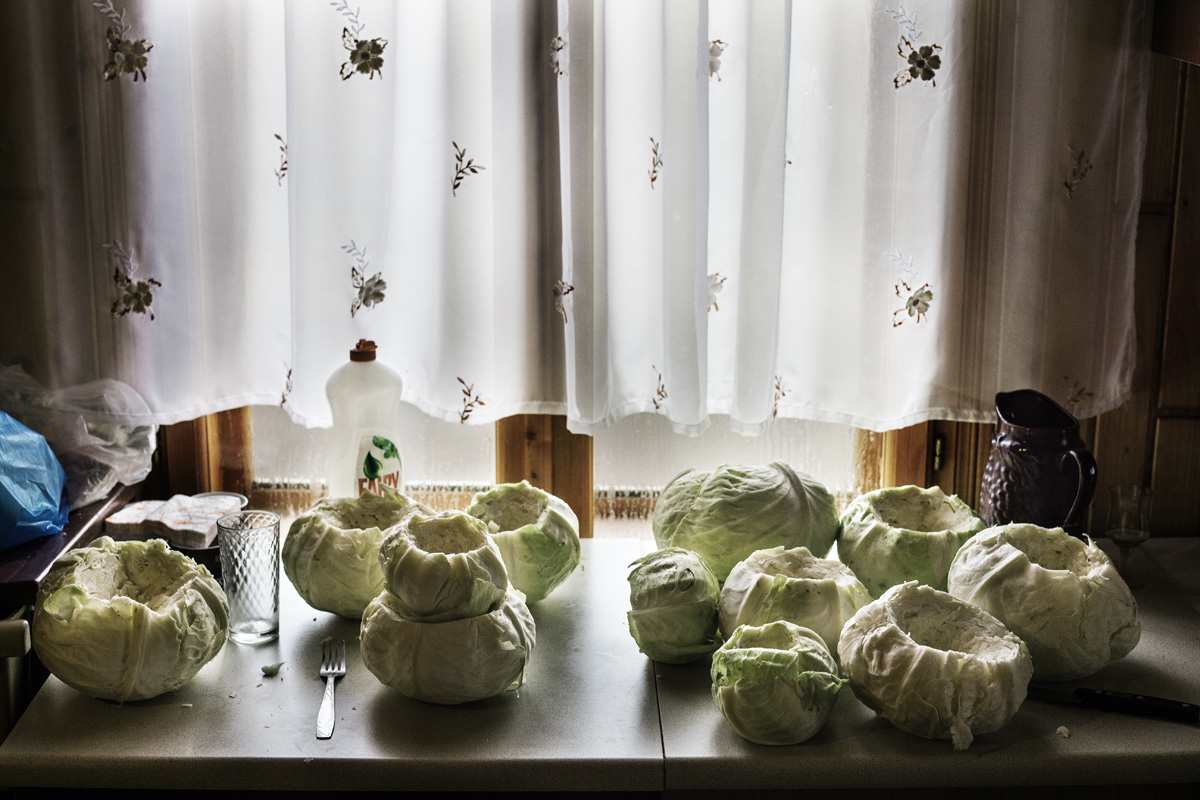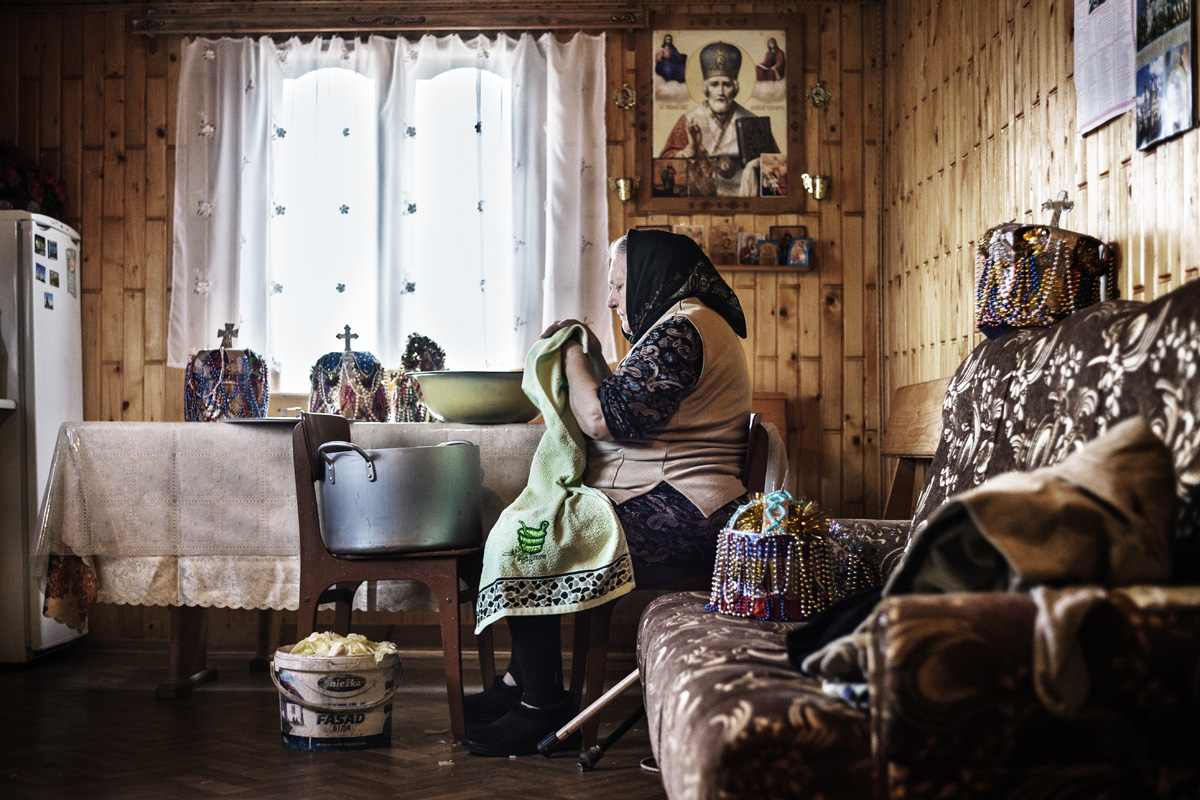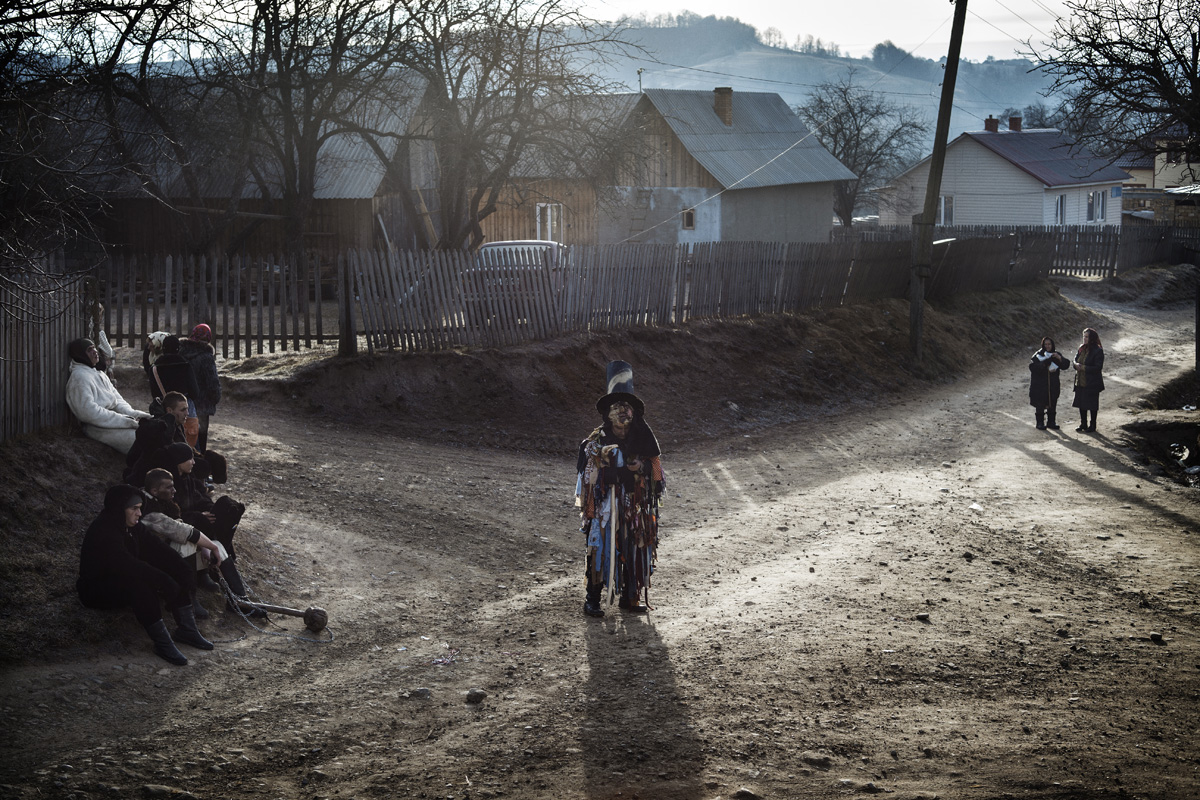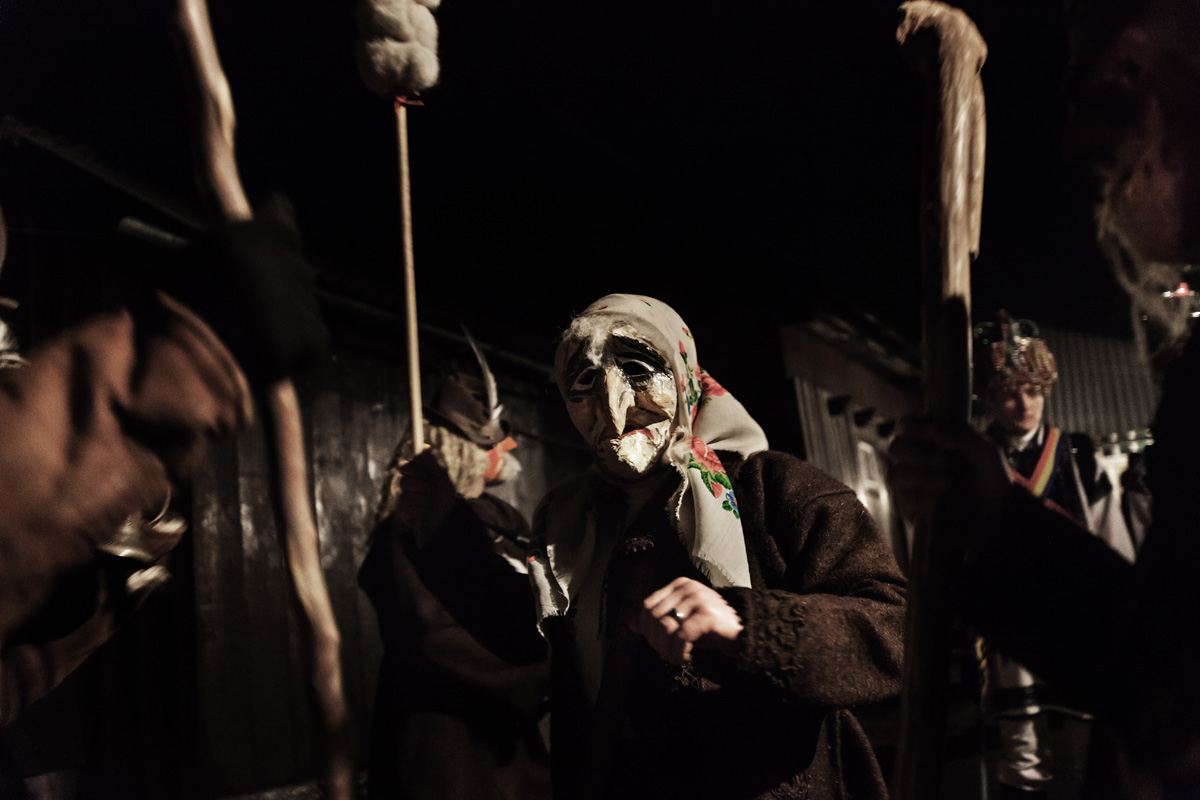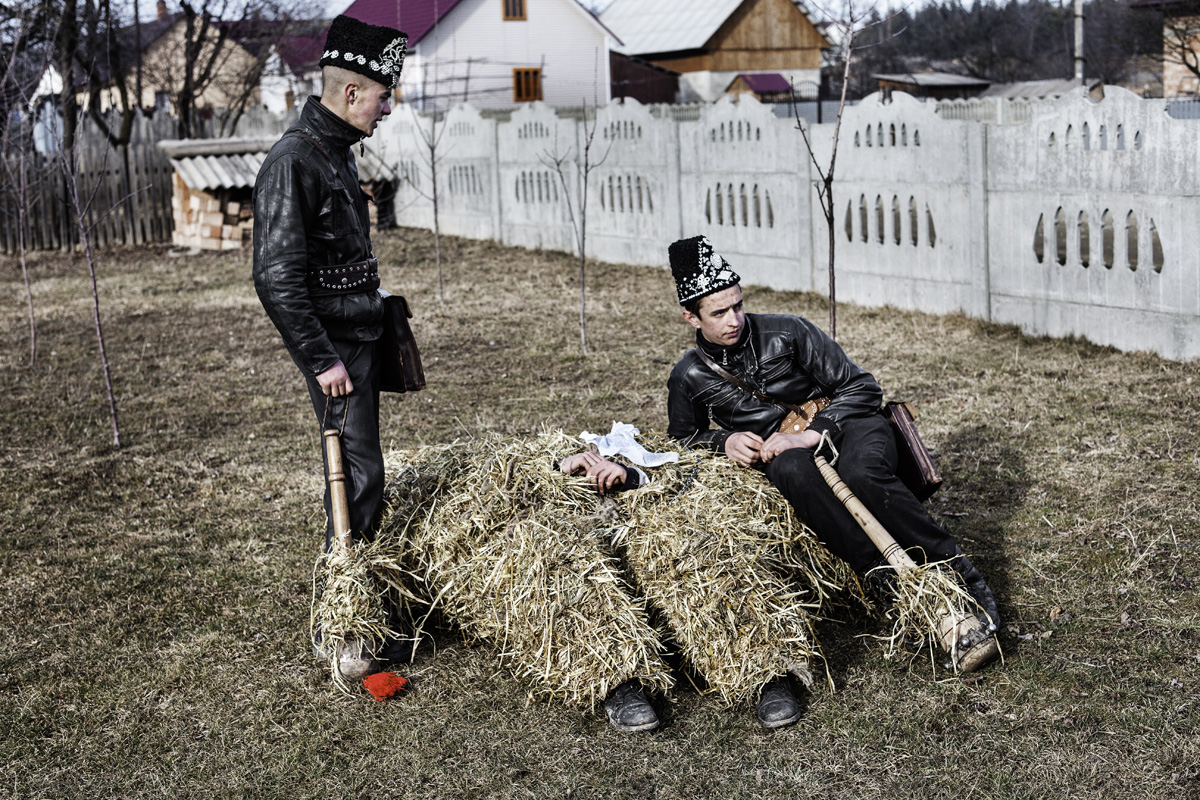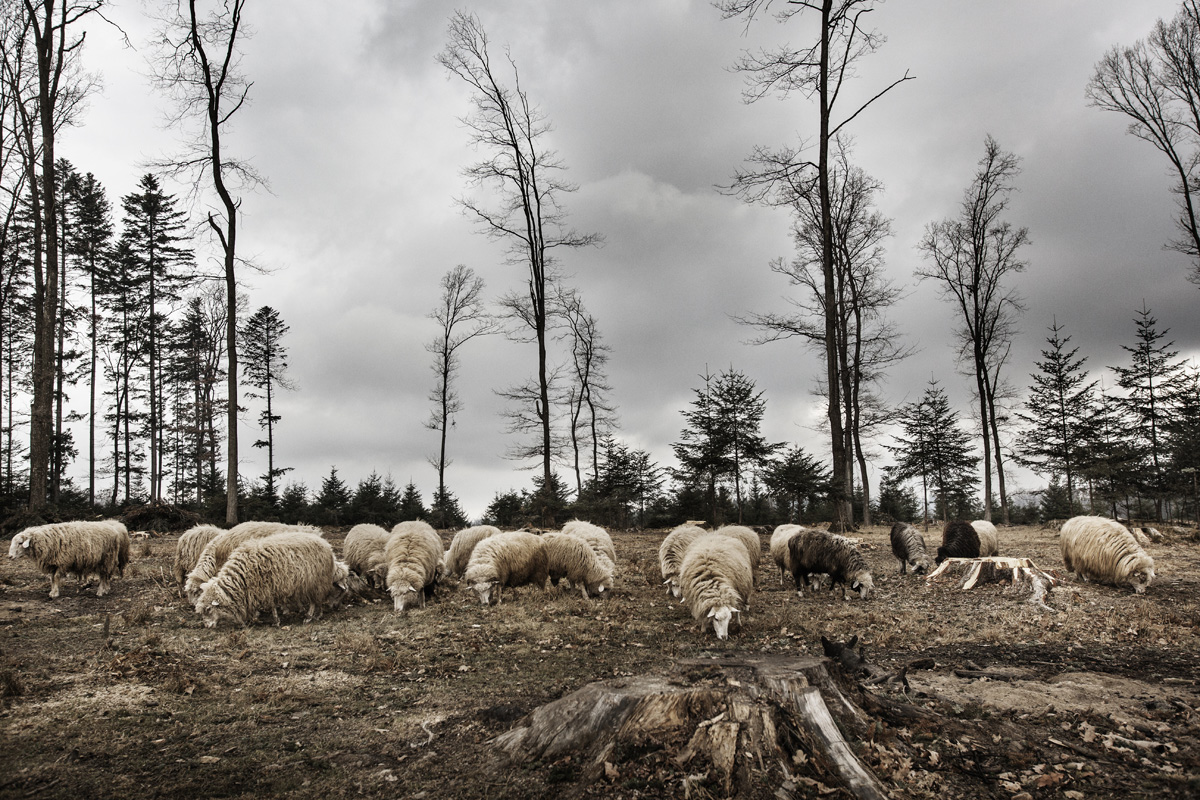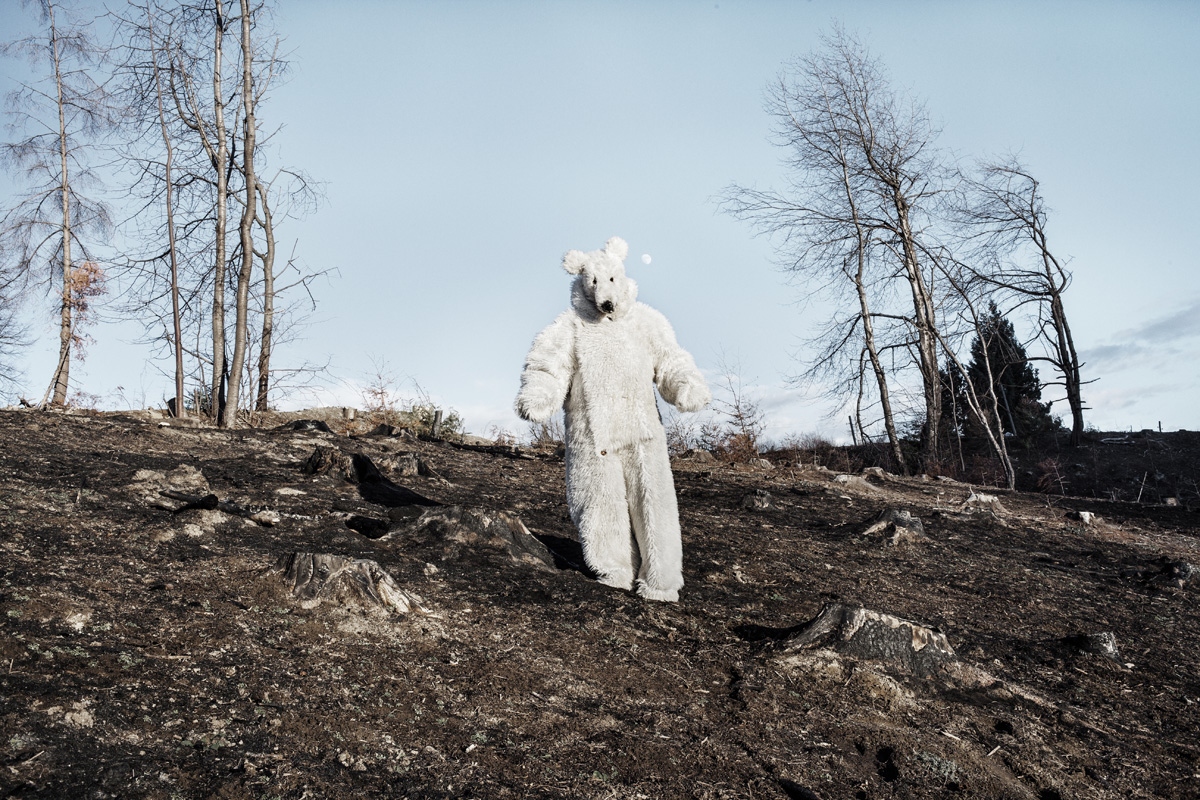Although it’s mainly celebrated in the Ukrainian territory, Malanka is a Romanian traditional festival with unknown origin dated thousands of years old, probably pre -Christian times. Malanka is celebrated for the beginning of the New Year according to the Julian calendar that corresponds to the night between the 13th and 14th of January. Although it’s known as a pagan festival in rural areas of Romania and Ukraine, is becoming more and more popular even in Ukrainian big cities like Chernivsti, capital of the homonymous region. Krasnoilsk, Crasna in Romanian, in southwest Ukraine close to the border with Romania, is undoubtedly one of the towns that best preserve this tradition. The celebration is held in honor of Malanka, a young woman of unknown identity with an extraordinary ability. It’s believed to represent Santa Melania, a Roman martyr, suggesting that the Malanka was born as a pagan festival that was “adjusted” to a Christian ritual. In the village of Krasnoilsk there are five districts and everyone organizes his own Malanka, consisting of 20 to 30 costumes and a commander, who manages and coordinates the development of the costumes. The main characters are the Bear and the Gypsy, the Old Man and the Old Woman, the King and Queen and the Jew. Even for costumes is very difficult to know the origin and meaning. On the afternoon of January 13 the commander’s house is the meeting point where the Malanka celebrate with a feast prepared by the women of his family. Around 9 pm, the commander gives the signal to start the march from house to house, which lasts until the following night. At the end of the afternoon of January 14, the Malanka proceeding from every district, gather on the main road to meet up in the town square. Although the Soviets tried to annihilate any popular fesival, Malanka has endured over the decades gaining in popularity. In recent years women have joined the celebration interpreting some of the characters.
